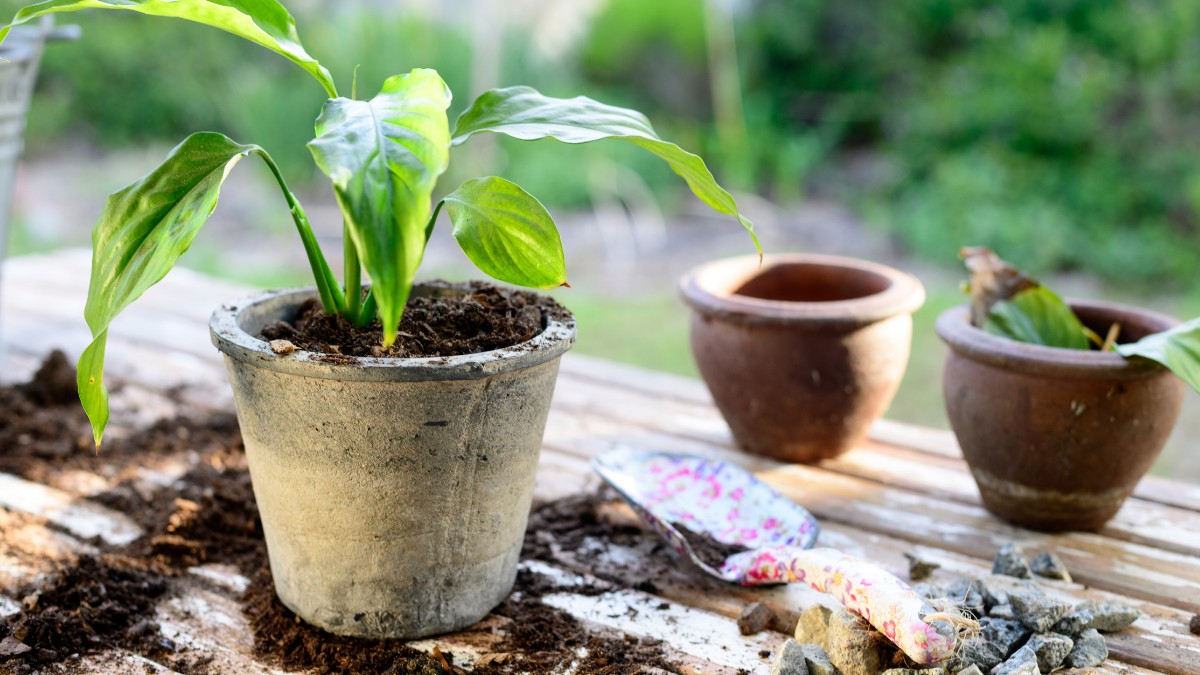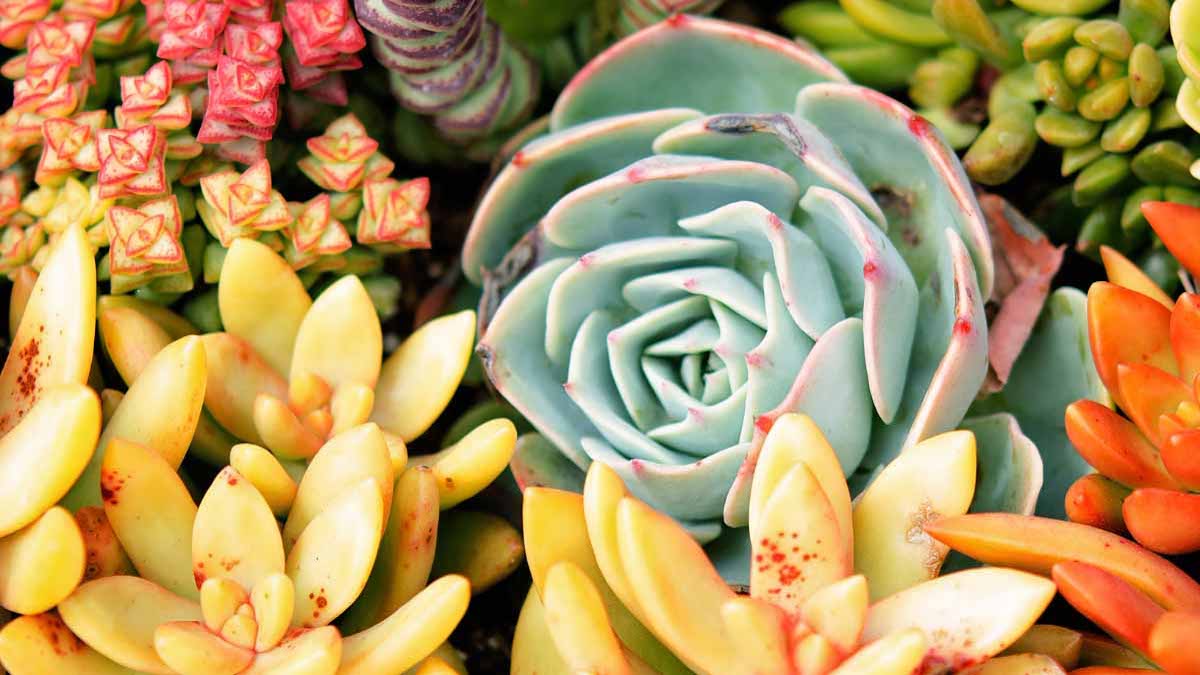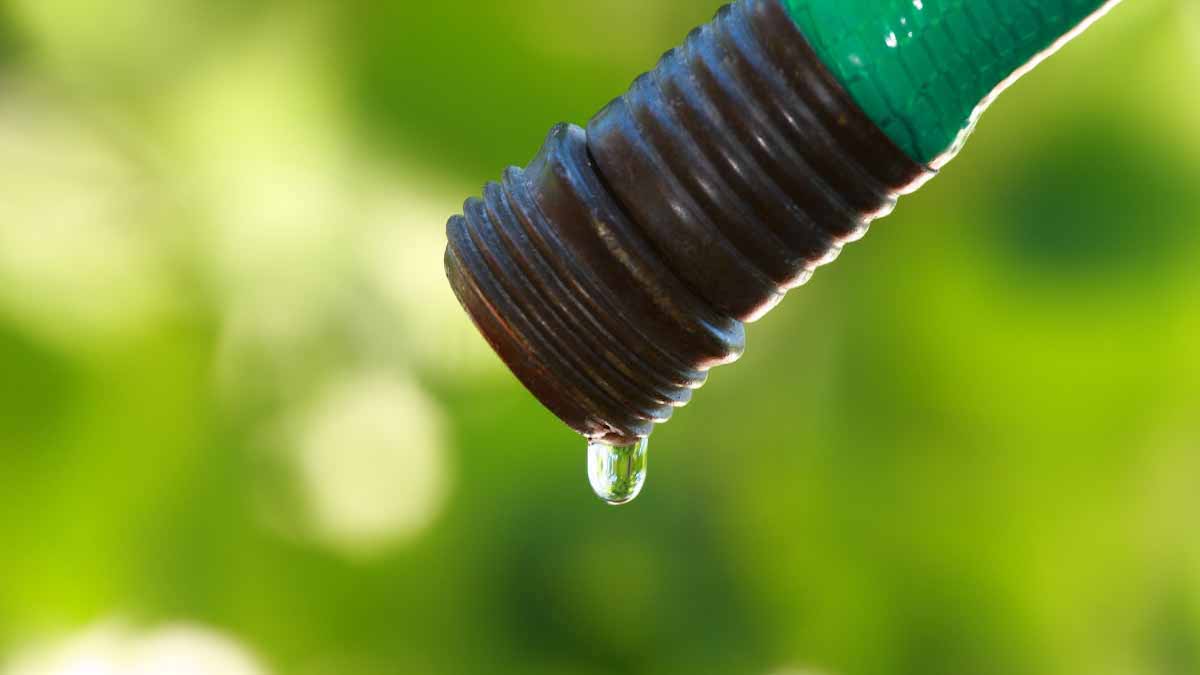Water Those ‘Maters!

You’ve planted your tomatoes and are eagerly waiting to see them grow so you can add them to salads, burgers, and other tasty dishes. To ensure you get the best fruit, follow these tomato watering tips.
In the Garden
Early in the growing season, you’ll want to water your tomato plants early in the morning. As the summer temperatures increase, you may want to water your plants twice a day. Tomatoes planted in the garden generally need 1 – 2 inches of water a week.
In Containers
Tomatoes that are planted in containers need more than those planted in the garden. Water evaporates a lot faster in containers as the soil heats up. A good rule of thumb for container tomatoes is to water them until water comes out of the bottom of the pot. As with garden tomatoes, it’s better to water the plants early in the morning. If the soil feels dry about an inch below the surface, water that bad boy again.
Mulch It Up
Adding a layer of organic mulch can also help reduce evaporation. This will keep the water where it’s needed which is keeping your maters nice and hydrated.
Visit our blog for some more plant tips and tricks!
DIY Herbal Bug Spray

Nothing can ruin a fun summer night like getting bitten by skeeters. Try this all-natural bug spray recipe. All you need is a few fresh herbs from the garden and a few regular items from the pantry.
What you’ll need:
2 tbsp fresh mint (either spearmint or peppermint will work)
6 tbsp fresh herbs (catnip, citronella, lavender, etc.) finely chopped
1 cup distilled water (make your own by boiling and cooling tap water)
1 cup witch hazel, rubbing alcohol, or vodka
Glass spray bottle (stores better than plastic)
To make:
Bring one cup of distilled water to a boil in a saucepan. Add your fresh herbs to the pan. Cover the pot and remove from heat to let the mixture cool completely. When cool, strain your herbs using cheesecloth or a mesh strainer. Add 1 cup of witch hazel, alcohol, or vodka to your herb-infused water. Put the mixture into your glass spray bottle and store in the fridge. Use as needed to prevent mosquito bites.
Visit us on Pinterest for some more great herb uses.
Come visit us this Summer at the farm! We have 30+ family-friendly activities, adorable farm animals, and lots of tasty things to eat.









